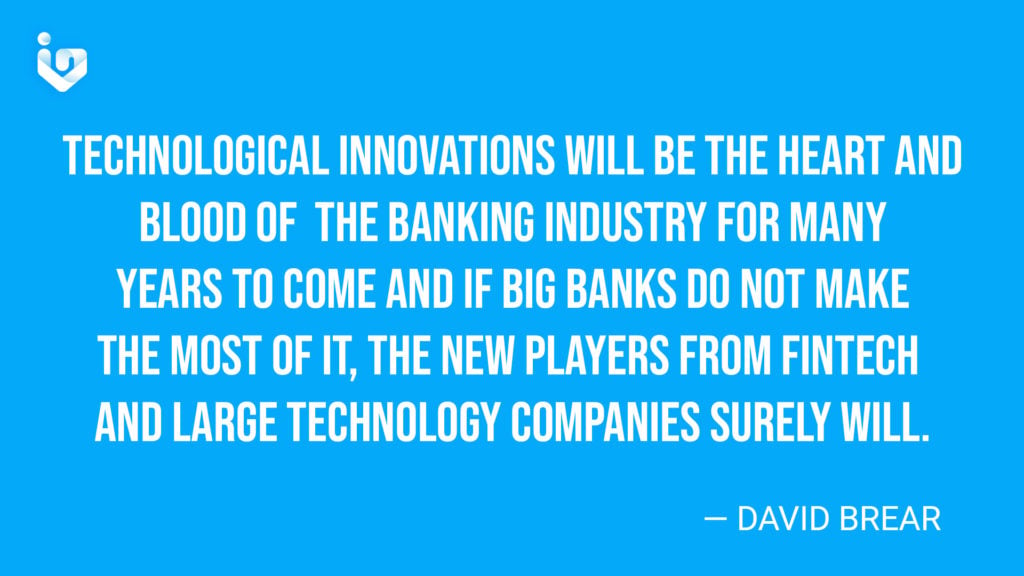In recent years, the banking industry has changed significantly with the emergence of digital banks. They provide similar services to traditional banks but with the convenience of accessing services via mobile devices and online platforms.
Dating back to the Spanish colonial period, the banking industry in the Philippines has a rich history. In 1851, the country’s first bank, the Bank of the Philippine Islands, was established. Currently, the banking sector comprises traditional banks with physical branches and digital banks operating solely online.
Due to its convenience and ease of use, digital banking has recently gained popularity in the Philippines. However, traditional banks still hold a significant market share and offer unique benefits.
This article compares traditional and digital banks in the Philippines so you can decide which best suits your needs.
Traditional Banks
Regulated by the Bangko Sentral ng Pilipinas (BSP), traditional banks have physical branches that provide various financial services, such as savings accounts, loans, credit cards, and investment products. In-person customer service and access to tellers, bankers, and other financial professionals are also available in traditional banks.
Traditional banks have advantages such as personal service and face-to-face interaction. This may be particularly valuable for older customers or those who prefer a more traditional approach to banking. Additionally, traditional banks may offer more comprehensive services, including wealth management and financial planning, that digital banks do not provide.
Despite their advantages, traditional banks still have limitations. This includes restricted operating hours, location, and accessibility for those with mobility issues. Furthermore, they may charge higher fees and interest rates.
Examples of traditional banks in the Philippines include Philippine National Bank, Banco de Oro, and Metrobank.

Digital Banks
Digital banks operate solely online and provide customers access to financial services through mobile devices and online platforms. They also offer services similar to traditional banks. This includes savings accounts, loans, and credit cards, but without needing to visit a physical branch.
Digital banks provide convenience, ease of use, and 24/7 accessibility. This makes them attractive to younger customers who prefer mobile banking and digital channels. They also typically have lower fees and interest rates than traditional banks, offering more cost-effective solutions.
An inconvenience of digital banks is their need for physical ATMs or cash deposit machines. This may be a detriment for customers who need to deposit or withdraw cash frequently. Additionally, some customers may need clarification about their personal and financial information security when using online banking services.
Differences between Traditional and Digital Banks
In the Philippines, traditional and digital banks differ in accessibility. The former has physical branches allowing in-person interaction, while the latter operates exclusively online. This makes traditional banks more suitable for customers who prefer face-to-face communication. In contrast, digital banks are ideal for those who prefer the convenience of mobile banking.
Another difference between traditional and digital banks in the Philippines is their fees and interest rates. They usually have lower fees and interest rates than conventional banks, which may have higher fees and interest rates but offer more comprehensive financial services.
In addition, it is worth noting that traditional banks may have more stringent requirements for opening accounts or obtaining loans. This can then be challenging for some customers. In contrast, digital banks have a more straightforward process and may offer instant approvals for loans and other financial products.
What best suits YOU?
Customers should consider their preferences and financial needs when choosing between traditional and digital banks. Those who prioritize face-to-face interaction and more comprehensive services may prefer traditional banks, while those who prioritize convenience and lower fees may prefer digital banks. Ultimately, personal research and comparing different bank offerings is a suitable option to meet your specific banking needs. By doing so, you can ensure that you receive the best possible banking experience.
However, we must consider the possibility of combining the utilization of traditional and digital banking. Combining traditional and digital banking services can provide customers with a more convenient, efficient, and comprehensive banking experience.
Aside from your real-time PSE data access, let’s make your stock market journey easier with InvestaPrime!
For as low as P324, you can easily scan over a hundred stocks, set price alerts and have an automatic list of leading stocks to access in just a few taps:
Subscribe to Prime today!

